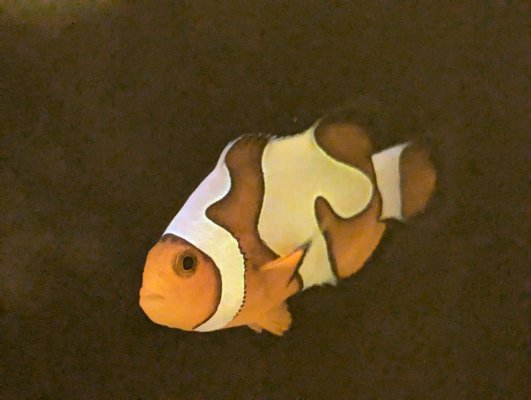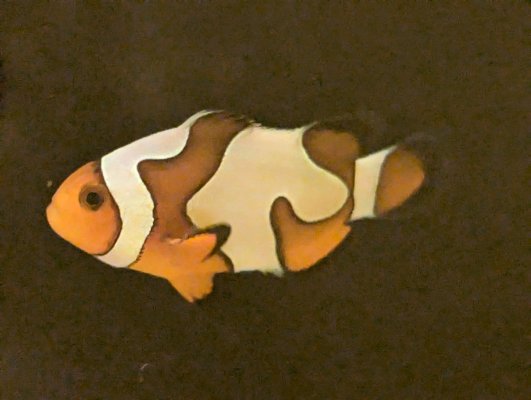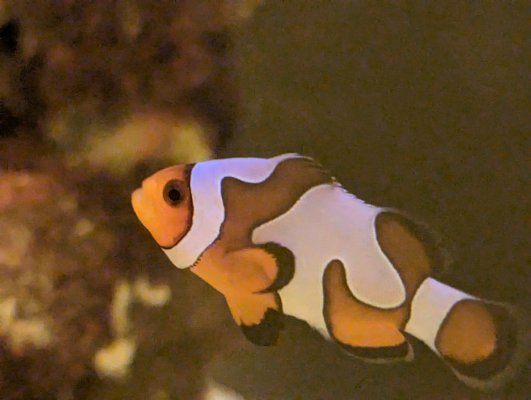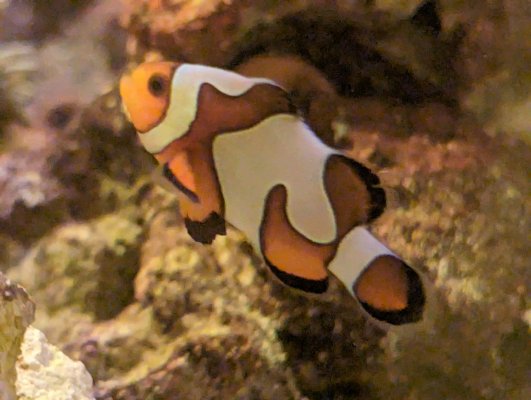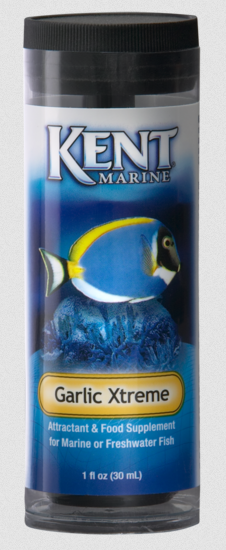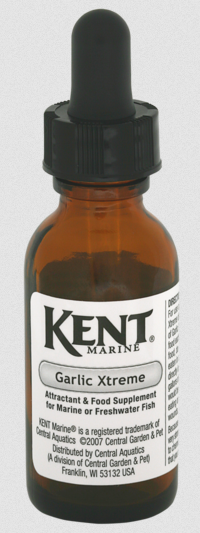Hello everyone. Slightly bummed to be posting in this forum, but as I have not run a QT I figured it was inevitable. May have to re-evaluate that stance now.
Tank is just over a month old. 2 ocellaris clownfish and 1 midas blenny.
Salinity 1.026
Ammonia/Nitrite 0
Nitrate 10
Phos 0.01
First day with clowns I noticed some stringy poop from one and monitored and it resolved ( I attributed it to diet at LFS). Both were happy, active, eating, exploring. ~3 weeks later my larger 'female' started to hang out by her overflow more, and was only nibbling at food, I also noticed another stringy poop clear/tan. As of yesterday she had stopped eating completely and was becoming increasingly lethargic near her overflow. I also noticed increased rate/work of breathing. I am thinking this is either intestinal parasites or potentially flukes. 'Male' clown is 100% fine, no lethargy, eating well, no stringy poop.
Midas blenny hid for about a week and has been out and active ever since and remains so as we speak. I did at one point notice a small white 'flap' on his lower jaw. This went away within a day. About a week later I noticed a small, white/cloudy diffuse patch on his R pectoral fin. Based on activity I figured he had scraped it on a rock. I've literally seen him cram his head into a tiny crack and wiggle super hard to squeeze himself in. Scrape didn't seem out of the realm of possibility. I have also noticed him flashing one or twice (always the same corner of the tank right at the glass, almost looked like aggression towards reflection). Unfortunately it's about a week later and the spot is stable, has not spread, has not improved. I am now concerned this is a fluke (too large/diffuse/isolate to look like ich to me).
As the clown is not eating it looks like prazipro or tank-dosed general cure is my best bet. Because I wanted to treat the blenny for potential flukes as well I elected to dose the DT with prazipro instead of setting up HT for clown/blenny and doing general cure. I didn't feel a FW dip was necessary on the blenny because I was going to treat anyway.
Dose 7.5mL of prazipro into DT with actual water volume of ~30 gallons. Adjusted return nozzles to point at surface to increase oxygenation. Removed carbon. Monitoring for cloudy water/bloom.
Planning to do a water change and re-dose in ~9 days.
Have I missed anything major? Did I make the wrong decision? Anything else I should try or watch out for?
In hindsight I wish I would have acted sooner. Hopefully the clown pulls through. Once (hopefully) stabilized I am considering pulling all 3 fish and running them through a late QT and letting the tank fallow. From what I understand 'fluke fallow' is pretty brief.
Would love to hear what you all think.
Tank is just over a month old. 2 ocellaris clownfish and 1 midas blenny.
Salinity 1.026
Ammonia/Nitrite 0
Nitrate 10
Phos 0.01
First day with clowns I noticed some stringy poop from one and monitored and it resolved ( I attributed it to diet at LFS). Both were happy, active, eating, exploring. ~3 weeks later my larger 'female' started to hang out by her overflow more, and was only nibbling at food, I also noticed another stringy poop clear/tan. As of yesterday she had stopped eating completely and was becoming increasingly lethargic near her overflow. I also noticed increased rate/work of breathing. I am thinking this is either intestinal parasites or potentially flukes. 'Male' clown is 100% fine, no lethargy, eating well, no stringy poop.
Midas blenny hid for about a week and has been out and active ever since and remains so as we speak. I did at one point notice a small white 'flap' on his lower jaw. This went away within a day. About a week later I noticed a small, white/cloudy diffuse patch on his R pectoral fin. Based on activity I figured he had scraped it on a rock. I've literally seen him cram his head into a tiny crack and wiggle super hard to squeeze himself in. Scrape didn't seem out of the realm of possibility. I have also noticed him flashing one or twice (always the same corner of the tank right at the glass, almost looked like aggression towards reflection). Unfortunately it's about a week later and the spot is stable, has not spread, has not improved. I am now concerned this is a fluke (too large/diffuse/isolate to look like ich to me).
As the clown is not eating it looks like prazipro or tank-dosed general cure is my best bet. Because I wanted to treat the blenny for potential flukes as well I elected to dose the DT with prazipro instead of setting up HT for clown/blenny and doing general cure. I didn't feel a FW dip was necessary on the blenny because I was going to treat anyway.
Dose 7.5mL of prazipro into DT with actual water volume of ~30 gallons. Adjusted return nozzles to point at surface to increase oxygenation. Removed carbon. Monitoring for cloudy water/bloom.
Planning to do a water change and re-dose in ~9 days.
Have I missed anything major? Did I make the wrong decision? Anything else I should try or watch out for?
In hindsight I wish I would have acted sooner. Hopefully the clown pulls through. Once (hopefully) stabilized I am considering pulling all 3 fish and running them through a late QT and letting the tank fallow. From what I understand 'fluke fallow' is pretty brief.
Would love to hear what you all think.







